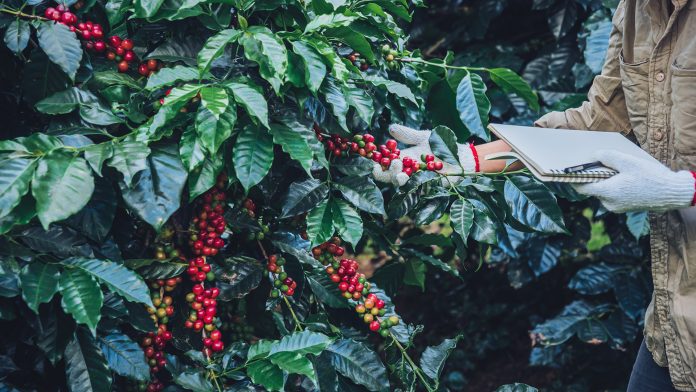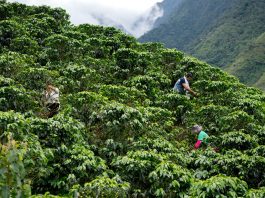Scientists at Wageningen University and Research have discovered that by utilising agroforestry systems in their plantations, coffee farmers can shield their product against climate change.
The study, published in Agriculture, Ecosystems and Environment, explores how climate shifts may affect the areas suitable for coffee production, predicting a huge decline under the projected environmental changes.
Climate change is expected to impose severe difficulties to coffee farmers attempting to maintain agricultural production levels, which provides an income for approximately 25 million smallholder farmers throughout Africa, South America, and Mesoamerica.
From water scarcity to soil degradation, Coffee Arabica is highly affected by a myriad of environmental changes which may force the production to relocate to other regions with more suitable climates. However, introducing agroforestry systems into these plantations offer an alternative solution.
How can agroforestry help?
Agroforestry systems intercrop coffee plants with shade trees, creating a microclimate in the plantation. These microclimates show increased carbon storage, biodiversity, and nutrient cycling, resulting in lower air temperatures and higher soil moisture.
Compared to unshaded coffee systems, the production appears to be more stable when managed correctly and may alleviate the severe effects of climate change. Although, multiple studies have shown the benefits of agroforestry, it may still differ regarding location.
Which countries are at most risk?
Brazil’s coffee industry was the focus of the new paper published by scientists from Wageningen University. A large percent of Brazil’s plantations have limited agroforestry systems in place. However, the three main regions of coffee production: Cerrado, Minas Gerais, and Espirito Santo, show contrasting characteristics. The savannah areas in Minas Gerais are flat and have mechanised sun coffee systems, whereas the southeast is mostly mountainous. Due to these varying landscapes, the projected changes in temperature may differ.
The research team states in their recent article: ‘our study indicates that major shifts in areas suitable for coffee production may take place within three decades, potentially leading to land conflicts for coffee production and nature conservation. Incentives that contribute to the development of coffee agroforestry systems at appropriate locations may be essential to safeguard coffee production in the southeast of Brazil.’
The team studied the spatial distribution of the southeast mountains and anticipate a 60% decrease in suitability by 2050. However, introducing a 50% shade cover can reduce the mean temperature and keep 75% of the area intact for satisfactory coffee production, especially in areas with altitudes between 600 and 800m.
Benjamin Saunders
Guest Contributor
Please note this article was written by guest contributor, Benjamin Saunders.









